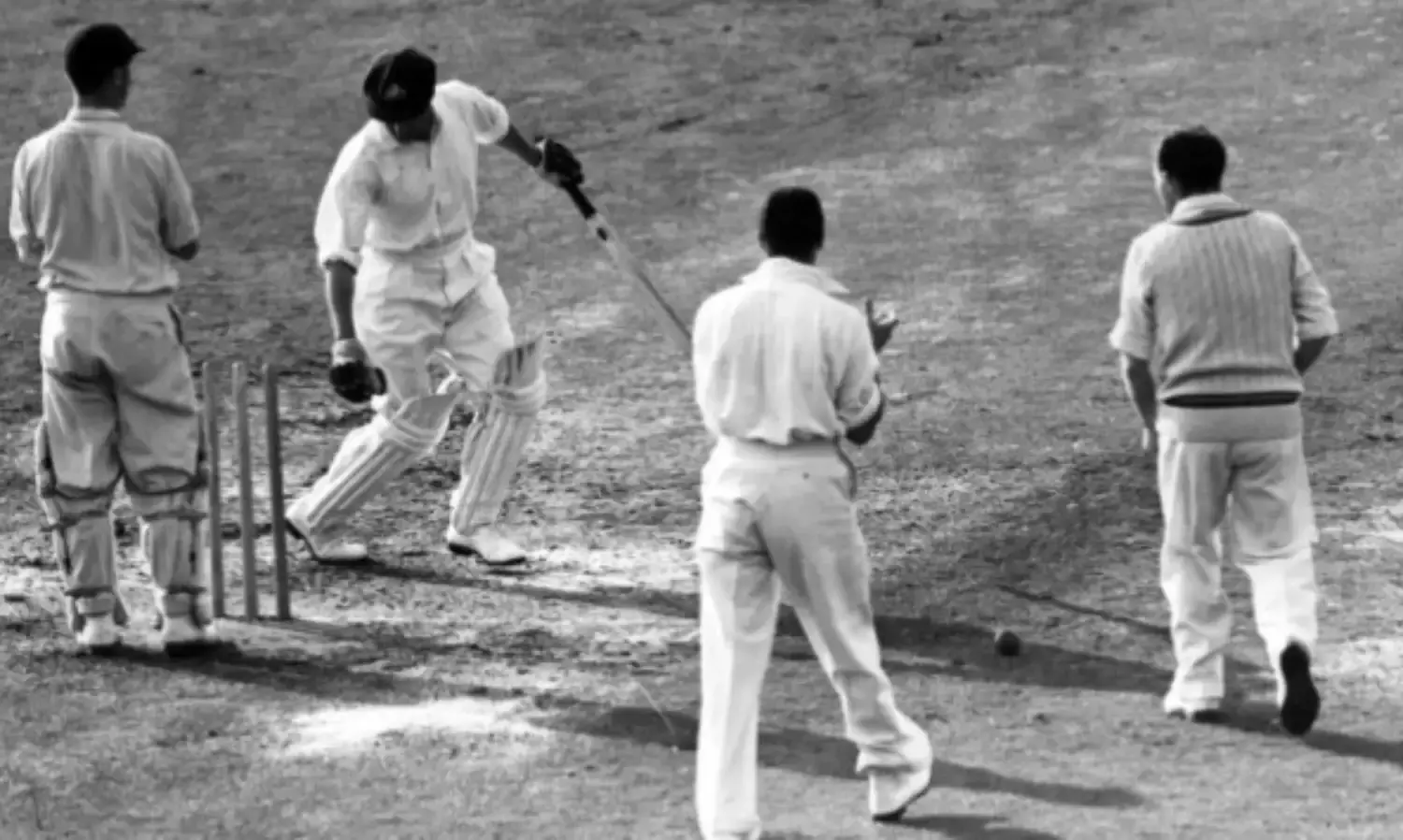
Ball hits stumps. Bails remain in place. The batter survives – much to the bowling side’s despair. This happened the other day at the Sydney Cricket Ground. Sticky bails saved Ben Stokes, albeit briefly, prompting demands to review the law recognising dismissal only if the bails fall.
Stokes isn’t the first cricketer to have been lucky thus. Other recent beneficiaries include Joe Root, MS Dhoni, Matt Prior and Misbah-ul-Haq. And then there was ‘Bailgate’ in the 2019 World Cup, when five batters, estimable talents Chris Gayle, David Warner and Quinton de Kock among them, continued even after the bowlers had found their stumps.
While the recently introduced zinger bails were blamed for Bailgate, the larger point remains: the bail may be the lightest piece of cricketing equipment but it can behave trickily. It has winked at the speeds of Jasprit Bumrah, James Pattinson, Trent Boult, Mitchell Starc. Curiouser things have happened in club and junior cricket. The bails have stayed in place despite the middle stump being knocked out. Or have noticeably shifted on the stump they were perched on, without dropping.
And there is, of course, another side to the story – when the bails allowed themselves a soar. They flew a distance of more than 67 yards when Worcester’s Robert Barrow claimed Lancashire’s William Huddleston in a 1911 county match. Harold Larwood would match the feat in a tour game in Tasmania during the 1928-29 season. And as always, the more interesting incidents are from outside the big games. Like in 1925, when the Tasmanian Arthur Barrows sent the bails flying 83 yards. Or in 2006, when one Barry Stanway, all of sixteen at the time and appearing for the Deeping Second team against Billingborough, conjured a delivery that sent a bail to the pavilion roof!
Not all bail flights are innocent, and wicketkeepers have suffered the most. Mark Boucher would have nourished his legend some more – he holds the record for most dismissals in international cricket, almost a thousand, nearly a hundred ahead of Adam Gilchrist and two hundred ahead of Dhoni – had it not been for a bail that lacerated his left eyeball following an Imran Tahir googly during a tour game at Somerset. Paul Downton may have stuck around a little longer too, had a John Emburey yorker not sent a bail into his left eye.
So, bails can behave erratically, seemingly defying the laws of physics, proving lucky for some and unlucky, even dangerous, for others, sometimes with match-shaping consequences. That is just one dimension of their association with the game though. The other’s tradition.
The best-known bail story is about how the Ashes, cricket’s oldest, most romanticized, and arguably stiffest rivalry got its name. England’s first ever Test loss to Australia in 1882 sparked a tongue-in-cheek newspaper obituary about the demise of English cricket and its ashes being taken Down Under. England captain Ivo Bligh vowed to regain those phantom ashes during the 1882-83 tour – and on sealing the series was presented with an urn by a group of Melbourne women, among them Florence Morphy whom Bligh would marry within a year of the encounter. There’s some mystery around what the urn holds, but the commonest view is that it is the burnt remnants of a bail.
Bails have been around for a long time. From the time they were a single, long cross piece placed over two uprights, making a gate. And the time when the earliest Laws of Cricket, the Code of 1744, came into being. Before a clever clog who took guard with a bat wider than the wicket led to bat widths being regulated. Before overarm bowling became the default.
Before Edward ‘Lumpy’ Stevens’ ill-luck against Hambledon great John Small – Lumpy sent down three consecutive deliveries through Small’s gate without hitting either stumps or bail – led to calls for a third, middle stump to be introduced. Interestingly, the introduction of the middle stump did not immediately lead to division of the single bail into two. Manufacturers sold single bails, breakable if the buyer so wished, until the 1950s.
Things change. There are heavier bails for windy conditions. And the zinger bail, incidentally lighter than the regular variant, lights up within a thousandth of a second of being separated from its grooves, making for better run-out and stumping decisions. In a bid to protect keepers from freak injuries, the Marylebone Cricket Club has also ratified the use of “mechanisms tethering the bail to the stumps”.
Hopefully, the respect the disturbed bail has earned will endure. Legend has it that WG Grace did not particularly care about their dislodging. On one occasion, he just placed them back in position and nonchalantly took guard. On another, he blamed the wind for the fallen bails, prompting the umpire to wonder if the wind was strong enough to carry Grace to the pavilion…

